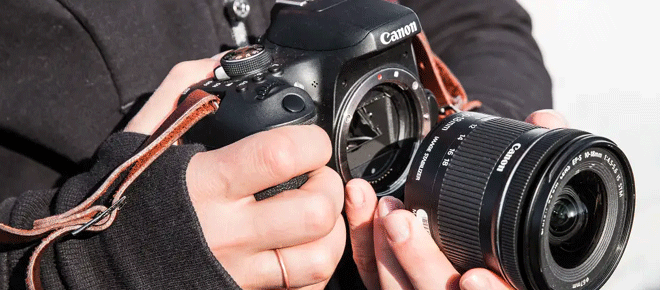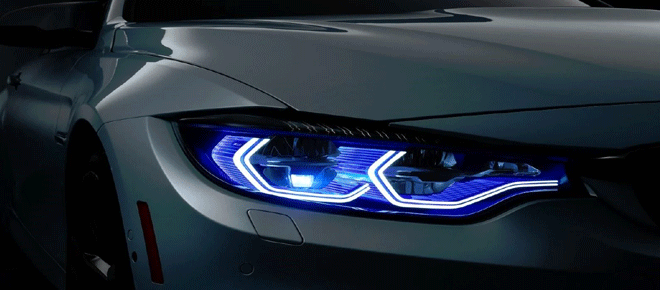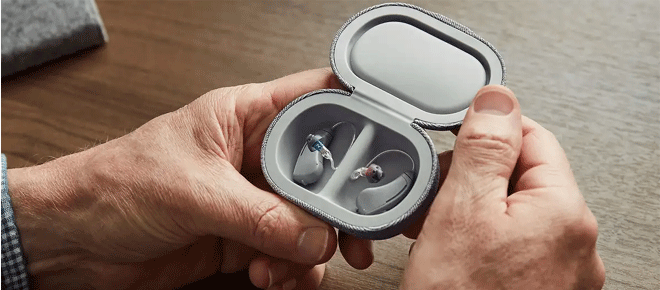Exploring the Different Types of Multi-Lens Systems

Lenses are classified based on their magnification power, maximum aperture rating, and other features. Some camera systems, such as Micro Four Thirds and Full-frame (36mm x 24mm), also have additional specifications that influence lens design.
When light rays enter the lens, they are refracted at various angles. The angle of refraction determines the focal length, and the material used to construct the lens has a bearing on this.
Dual-Lens Cameras
Dual-lens cameras are a great option for a wide variety of applications. From mobile devices to industrial imaging systems, they offer a host of benefits including better focus and wider camera angles. If you want to save huge money then check out the Betta Home Living Coupon Code.
They are also great for capturing images in low light conditions, as they can be designed with video stitching to create a wider field of view. This type of camera has many benefits and will continue to be a popular choice for years to come.
One of the most common uses of dual-lens cameras is in smartphone photography, where they allow users to zoom in on their subject while still being able to see the surrounding landscape. This has helped to bring the world of mobile photography to a whole new level, and many phones have used this technology.
Another common use of this type of camera is in 3D. In the past, we've seen smartphones like the LG Optimus 3D and HTC Evo 3D that use dual lenses to give the user a more immersive experience with their 3D photos.
The LG Optimus 3D was launched in February 2011 and the HTC Evo 3D came out in March 2011. These smartphones essentially use two separate cameras to capture the same image and they work by enhancing the image with a layer that gives it depth.
This can be used to produce bokeh effects or to alter the background in a photo. These features are particularly useful in portrait-style shots as they can make the subject look more natural and less squished out.
However, if you want to make the most of these features, you need to have the right hardware. This can be done by investing in a high-end smartphone with a dual-lens camera or using a dedicated app to capture the images.
Some dual-lens smartphones have a lens hood that protects the camera from direct sunlight. This will help to prevent 'flares' from appearing on the camera's images, which can ruin the quality of the photo.
Similarly, some teleconverters can be used to increase the length of the lens. These refocus the light, allowing you to take images that are more detailed and longer.
Single-Lens Cameras
Single-lens cameras, also known as SLRs, are cameras that use a single lens for both viewing and taking pictures. They offer a great deal of versatility and work well for both professionals and amateurs.
In a conventional SLR camera, the lens assembly reflects light through a mirror and projects it onto a matte focusing screen. This image is then projected onto the film or sensor. Using an optical viewfinder, the photographer can then focus the camera to take the picture.
Digital single-lens reflex (DSLR) cameras are an increasingly popular replacement for film-based SLRs. They are very popular because they offer higher-quality images than their film counterparts and can often be more affordable.
One of the biggest differences between a traditional SLR and a DSLR is that the former has an internal reflex mirror, while the latter does not. This is important because it allows the photographer to see what the lens sees through an optical viewfinder before actually taking a picture, which can make for better framing and less blurry images.
Another advantage of SLRs is that they have a wide range of lenses, including fixed-focal-length, manual focus, and autofocus. In addition, most SLRs have a reversing mirror, which can be used to reverse the lens when it is attached to the camera mount. This can be very helpful for close-up photography and photomicrography.
SLRs also come with a range of other features that make them popular with professional photographers. These include fast and accurate modes for setting exposure, focus, and shutter speed via through-the-lens measurement of subject lighting. Some models also feature a full autofocus (AF) mode, which adjusts the focus faster than you can do by hand.
Many digital single-lens reflex cameras feature built-in live viewing through their rear LCD screens, which is very similar to what is found in mirrorless cameras today without optical viewfinders. This can be a useful feature for photographers who like to capture images with their DSLRs at night or in poor lighting conditions.
Dual-lens cameras are another popular choice for several different applications. They combine the advantages of a telephoto lens and a wide-angle lens to create a wider field of view, as well as a higher degree of zoom. They are very popular for both security and industrial imaging systems.
Zoom Lenses
Zoom lenses are a type of multi-lens system used with still, video, and motion picture cameras; some types of binoculars, microscopes, telescopes, and telescopic sights; and some other optical instruments. They provide the ability to vary the focal length and angle of view, usually with a single mechanical assembly of lens elements.
Unlike prime lenses, which are fixed at one focal length, zooms have a range of focal lengths that can be adjusted with the twist of a zoom ring. This makes them very versatile and a popular choice for photographers of all skill levels.
There are many different types of zoom lenses available on the market today, each with its unique features and benefits. For example, some are variable apertures while others are fixed at the same maximum aperture throughout their zoom range.
Variable aperture zoom lenses have a fixed maximum aperture at the wide end of their zoom range, but this changes as you zoom further. They are ideal for landscape and wildlife photography because they allow you to include a greater area of the scene in your frame.
These lenses can also be a good choice for sports events, especially when you have a lot of people in your shot. However, the downside is that they can be hard to use in low light conditions, as the maximum aperture only opens to a certain amount, making it difficult to create a shallow depth of field.
Another key advantage of Zoom is its ability to provide a wider field of view than a prime lens. This is important for many types of photography, including portraits and weddings.
A wide field of view means that you can fit a larger portion of the scene into your camera's sensor, which will give you a better-looking final image. Additionally, the ability to get a greater depth of field can help tell your story in more interesting ways.
The most common and popular zoom lenses on the market include the 16-35mm, 24-70mm, and 100-300mm lenses. These are useful for a lot of different situations and are commonly found in many beginner and advanced photographers' kits. If you are looking for affordable cameras then check out the Accessories Discount Code.
Telephoto Lenses
Telephoto lenses are a great investment for photographers who want to get closer to their subjects or take photos that appear very close in size. They are also a good choice for landscape photographers who need to capture epic shots of mountain ranges, valleys, and other large vistas.
Telephotos can be a little trickier to use than wide-angle lenses, but they do offer a few benefits that make them worth the investment. One is that a telephoto lens can help isolate your subject in your photo so that only the part of your subject you want to be in focus is in sharp focus. This helps to keep your subject from competing with the background details for your viewer’s attention, making them more interesting and captivating.
Another benefit of using a telephoto is that it allows you to create bokeh or blurry background details. This can be particularly useful when taking photographs of wildlife or when shooting portraits since it can help to isolate the subject from distracting details in the background.
A telephoto lens can also help to reduce perspective distortion, which is especially important in portrait photography where it can be helpful to keep your subject’s features in proportion. This type of distortion can be used creatively in photography to make the moon appear larger or maintain the proportions of a subject’s face, for example.
Depending on your camera, you can also use a telephoto lens to capture more distant images and video than would be possible with a wide-angle lens. This is especially useful for wildlife and sports photography.
As a result, you can get close-ups of small insects and flowers or capture shots of animals from a distance that would be impossible with a wide-angle lens. And the wide-angle effect can be accentuated with a shallow depth of field, so you can create a blurry background to isolate your subject even further.
As we’ve mentioned, the focal length of a lens tells us how much of the scene will be in focus and how large individual elements will be. The longer the focal length, the narrower the angle of view and the higher the magnification will be.
Conclusion
Exploring the different types of multi-lens systems can provide insight into the various ways in which multiple lenses can be used in tandem to achieve specific optical effects. Whether it be for capturing wide-angle landscapes, creating bokeh-filled backgrounds, or achieving sharp focus in macro photography, multi-lens systems offer a range of possibilities for photographers and videographers alike.







